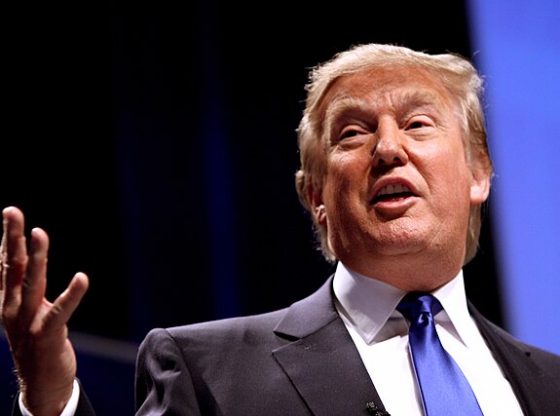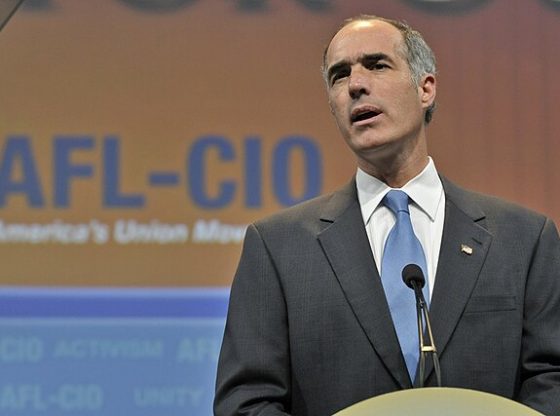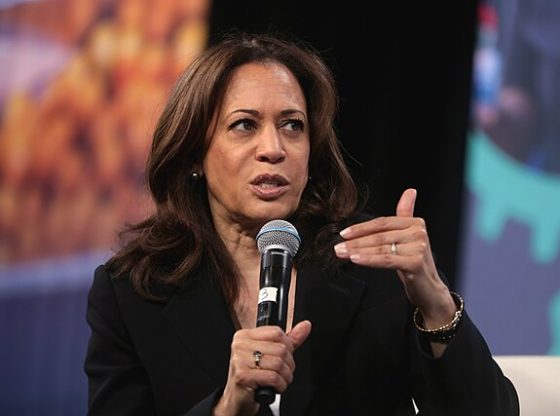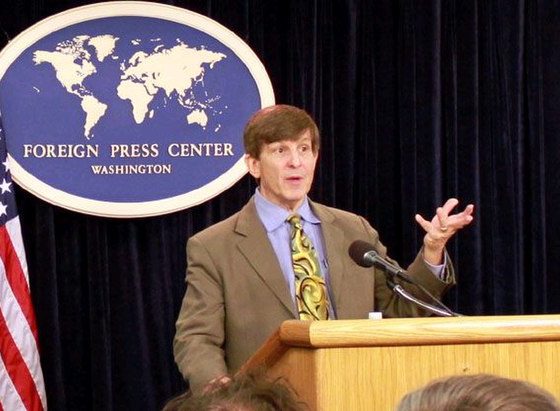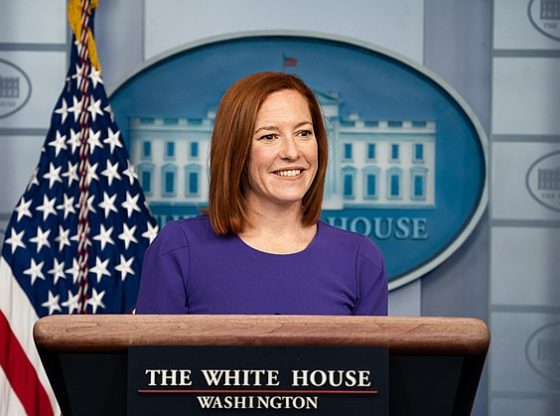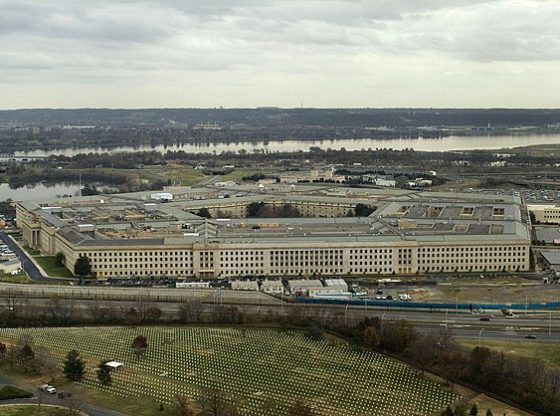“Nearshoring” – or “friend shoring” as Treasury Secretary Janet Yellen describes it – was supposed to help companies and the U.S. economy derisk from China.
The concept began with President Trump’s tariffs in 2018. It grew with the Covid and Asian lockdowns that drove up shipping costs. When President Biden imposed export restrictions, it became clear the U.S.-China relationship faced a prolonged decline. Those geopolitical risks caused companies like Ford to advise their Chinese partners to move to Mexico or lose their business.
And so here we are: Mexico is becoming China’s mini-me. Nearshoring is approaching its “be careful what you wish for” moment.
Four hours from Laredo, Texas, in Nuevo Leon, Mexico, nearly $7 billion in investments have been made by American companies like Tesla. Chinese multinationals are building the Hofusan Industrial Park. This is a glimpse into the future.
It tells only part of the story.
China tariffs were designed to remap supply chains and reshore some manufacturing. The International Trade Commission said that indeed happened in nearly all of the 10 sectors impacted by tariffs. Can that be a long-term trend?
Write this down: Mexico will do to the United States what China did for 10 years after entering the WTO. The industrial projects building in Mexico will translate into a barrage of new goods entering the United States, duty free thanks to the United States-Mexico-Canada Agreement (USMCA).
On March 12, Senators Tom Cotton (R-AR) and Sherrod Brown (D-OH) introduced the Stop Mexico’s Steel Surge Act to impose a 25% tariff on Mexico to address surging imports of steel pipes from Mexican-owned companies.
On February 28, Sen. Josh Hawley (R-MO) introduced a bill to place 100% tariffs on China EVs made in Mexico. Trump agreed, saying he would do the same in his famous “bloodbath” comment.
China would see a 100% tariff on them alone as unfair, if not hypocritical to a “fair trade” promoting Washington in a free trade zone.
Toyota, Hyundai, and BMW, all building Mexican factories, would (and should) wonder if they are next.
It’s not just cars.
China-based Trina Solar will set up shop in Hofusan, selling solar to Americans made in Mexico instead of China where they face tariffs.
It’s not just China.
Nippon Steel is building a new steel mill with its Mexican partner, Ternium.
It won’t all be exported, but a lot of it will be. Mexico became our top source for imports last year.
China’s exports to Mexico rose nearly 60% in January, according to global freight rate intelligence platform Xeneta. “This is probably the strongest growing trade in the world right now,” Xeneta chief analyst Peter Sand wrote on March 14.
Mexico will be worse than China when it comes to trade problems. We had leverage against China by using tariffs without the legality of a free trade agreement.
Washington can’t get Mexico to police its border (President Andres Manuel Lopez Obrador said he won’t accept deportees). Washington can’t convince them to help stop, or even slow, the fentanyl crisis.
Mexico’s drug war is one of the most violent conflicts in the world “with cartel activity permeating many levels of the Mexican economy and society,” says business intelligence firm Global Guardian. They can disrupt workforces and supply chains.
By the way, the Los Zetas cartel is active in Nuevo Leon.
When NAFTA was created in 1992, Mexico was seen as a place American and Canadian companies could benefit from massive labor and currency differentials. It was a poor, unstable economy, in need of IMF bailouts. This was a way for Mexican industry to grow, and the middle class to grow, too. Mexico was an ally with the U.S. in WWII.
What was once designed to benefit three North American nations has now opened to the world. To multinationals who used to make things in Asia and ship them here, political risks and trade wars have them discovering Mexico. Now it’s even better: they can sell those things here duty free. That was never the intent of NAFTA.
The world is coming to Mexico. Mexico will love it. U.S. industry and labor will not.




